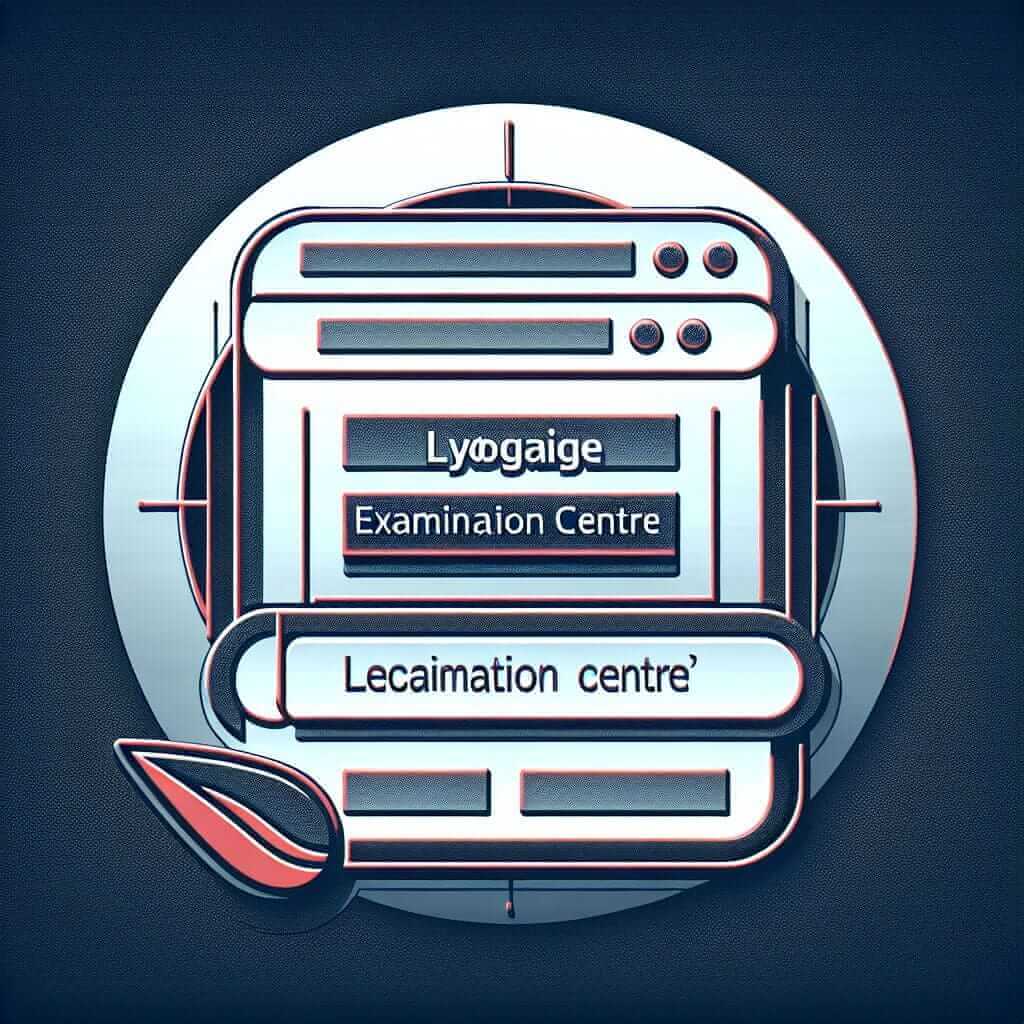As an IELTS instructor with over 20 years of experience, I often encounter students who wonder about the appropriate vocabulary and strategies for describing visual data in the IELTS Writing Task 1 Academic. One common question is, “Can we write about signs in IELTS Writing Task 1 Academic?” Let’s delve into this query and equip you with the knowledge to excel in this section.
Nội dung bài viết
Understanding IELTS Writing Task 1 Academic
The IELTS Writing Task 1 Academic requires you to write a minimum of 150 words summarizing, analyzing, and comparing visual data presented in various forms, such as line graphs, bar charts, pie charts, tables, maps, diagrams, or processes. The key is to demonstrate your ability to:
- Paraphrase: Express information from the visual data using your own words.
- Identify Trends: Describe patterns, changes, or movements in the data.
- Make Comparisons: Highlight similarities and differences between different data sets.
- Use Accurate Language: Employ appropriate vocabulary and grammar to convey information precisely.
Addressing Signs in Data Description
Now, back to the main question: can you mention signs in your IELTS Writing Task 1 Academic description? The answer is yes, but with caution. Here’s why and how:
- Relevance is Key: Signs, if present within the visual data, should be relevant to the overall message you are conveying. For instance, if a map illustrates changes in a city plan, mentioning the addition of a new “hospital” sign becomes pertinent.
- Focus on Overall Trends: While you can mention specific signs, avoid getting bogged down in minute details. Your primary focus should remain on describing the overarching trends, changes, or comparisons depicted in the data.
- Use Precise Language: When describing signs, employ clear and accurate language. Instead of simply saying “a sign,” specify the type of sign and its message. For example:
- “A new ‘Pedestrian Crossing’ sign was added near the school.”
- “The ‘No Entry’ sign was relocated to improve traffic flow.”
Example: Incorporating Signs into Your Description
Let’s imagine a map showcasing changes in a park layout. Here’s how you might incorporate signs into your description:
“The most noticeable alteration is the addition of a dedicated picnic area in the northeast corner, marked by a ‘Picnic Area’ sign. This suggests an effort to provide visitors with designated spaces for outdoor dining.”
 park layout with picnic area sign
park layout with picnic area sign
In this example, mentioning the “Picnic Area” sign adds valuable information, reinforcing the observation about the park’s development and purpose.
Tips for Success
- Analyze the Visual Carefully: Before you start writing, spend time studying the visual data. Identify the main trends, changes, or comparisons you want to highlight.
- Plan Your Response: Structure your writing logically, using paragraphs to separate different aspects of your analysis.
- Use Linking Words: Utilize a range of linking words and phrases (e.g., however, furthermore, in contrast) to connect your ideas smoothly.
- Proofread Thoroughly: Before submitting your response, check your work for any grammatical or spelling errors.
Conclusion
In conclusion, while you can certainly mention signs in your IELTS Writing Task 1 Academic response, remember to do so judiciously. Focus on their relevance to the overall trends and use precise language to describe them. By following the tips outlined above, you can confidently tackle any visual data and achieve your desired IELTS score. Good luck!


